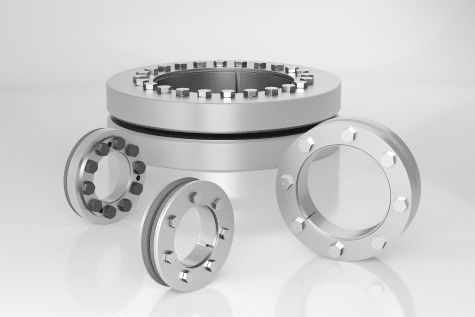Sach2606
Mechanical
- Mar 18, 2021
- 3
Hi there
Wondering if someone could help?
We are trying to join the two broken shafts together approx 230mm diameter by screw thread. Thread size is M160 x 6 pitch. Thread length 200mm.Basically male thread on shaft A and female thread on shaft B. The shaft material is S355.
Wondering if anyone knows what would be the tightening torque required?
The shaft is then connected to gearbox which has a output torque of 64000Nm
Any help will be much appreciated
P.S- this is only a temporary fix to get the machine running until the new shaft is made.
Wondering if someone could help?
We are trying to join the two broken shafts together approx 230mm diameter by screw thread. Thread size is M160 x 6 pitch. Thread length 200mm.Basically male thread on shaft A and female thread on shaft B. The shaft material is S355.
Wondering if anyone knows what would be the tightening torque required?
The shaft is then connected to gearbox which has a output torque of 64000Nm
Any help will be much appreciated
P.S- this is only a temporary fix to get the machine running until the new shaft is made.

